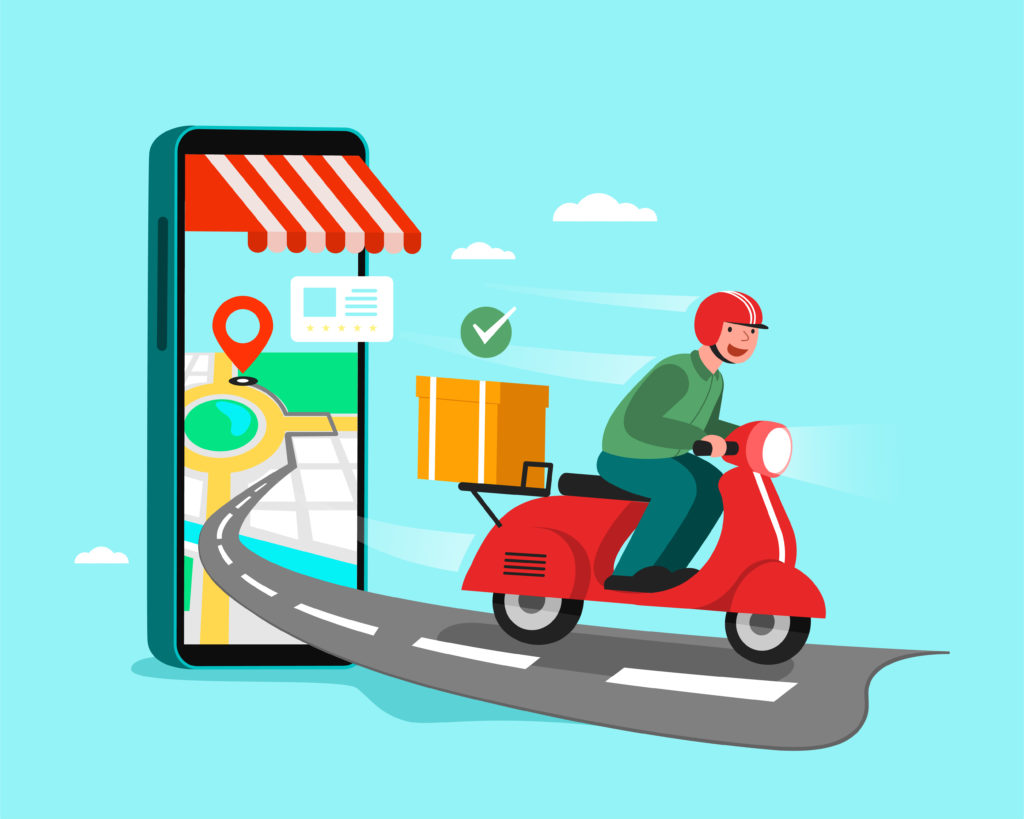As ride sharing apps have become more prevalent and widely used, it has become increasingly important for developers to find ways to monetize their apps. From advertising to commission-based revenue models, there are several different strategies that can be used to generate revenue from a ride sharing app. In this article, we’ll explore some of the most effective strategies and offer tips for optimizing monetization efforts.
Monetization Strategies
Advertising
One of the most common ways to monetize a ride sharing app is through advertising. There are a few different ways to incorporate ads into a ride sharing app, such as display ads, sponsored content, or in-app promotions. For example, you might display ads from local businesses on the app’s homepage or in the search results when riders are looking for a ride.
Another option is to offer sponsored content, such as articles or videos, that provide helpful tips for riders or promote certain products or services. In-app promotions, such as discounts on rides or free credits for new users, can also be used to generate revenue.
Commission-based revenue
Another popular way to monetize a ride sharing app is to charge a commission fee for each ride. This can be done either by charging riders a fee for using the app or by taking a percentage of the fare paid by the rider. In either case, the fee can be set at a level that allows the app developer to generate revenue while still offering competitive pricing to riders.
Subscription model
A subscription model can also be used to monetize a ride sharing app. This involves offering premium features or services to users who pay a recurring fee. For example, a premium subscription might include features like priority ride requests, access to exclusive discounts, or personalized recommendations for rides.
Partnership programs
Finally, ride sharing app developers can generate revenue by partnering with other companies. For example, they might partner with a car rental company to offer rental cars to riders who need a vehicle for a longer period of time, or with a restaurant chain to offer discounts on meals to riders who use the app.
Tips for Monetizing Your Ride Sharing App
Know your target audience
One of the most important things to consider when monetizing a ride sharing app is your target audience. Understanding what your users are looking for and what they’re willing to pay for is essential for developing effective monetization strategies.
For example, if your app primarily serves budget-conscious riders, then a subscription model may not be the most effective way to generate revenue. Instead, you might focus on offering discounts or promotions to riders who use the app frequently or who refer new users to the platform.
Stay competitive
Another important consideration is staying competitive in a crowded market. With so many ride sharing apps available, it’s essential to offer pricing and features that are on par with or better than the competition. This may mean offering lower commission fees for drivers, more competitive fares for riders, or more convenient payment options.
Optimize user experience
User experience is another key factor in monetizing a ride sharing app development. Riders and drivers alike want an app that is easy to use, reliable, and provides a seamless experience from start to finish. This means investing in user interface design, optimizing the app’s performance, and ensuring that customer support is available when users need it.
Leverage data
Finally, ride sharing app developers can leverage user data to personalize offerings and optimize monetization strategies. By analyzing user behavior and preferences, developers can gain insights into what features or services users are most interested in, and tailor their monetization efforts accordingly. For example, they might offer targeted promotions to users based on their past ride history or suggest premium features that are relevant to their needs.
In conclusion
There are several effective strategies for monetizing a ride sharing app. From advertising to commission-based revenue models, subscription models, and partnership programs, app developers have a range of options to generate revenue from their platform. However, it’s important to remember that there’s no one-size-fits-all approach to monetizing a ride sharing app. Different strategies may work better for different apps, depending on their target audience, competition, and other factors.
To optimize monetization efforts, developers should focus on understanding their users, staying competitive, optimizing user experience, and leveraging data to personalize offerings. By doing so, they can create a more engaging and valuable experience for riders and drivers, while generating revenue for their business.
It’s also important to continually evaluate and refine monetization strategies over time. As the ride sharing market evolves and new technologies emerge, app developers will need to adapt their strategies to stay ahead of the competition and meet the changing needs of their users.
Overall, monetizing a ride sharing app requires a combination of creativity, strategic thinking, and a deep understanding of user needs and preferences. By following the strategies and tips outlined in this article, app developers can build a successful and sustainable business that provides value to both riders and drivers alike.

